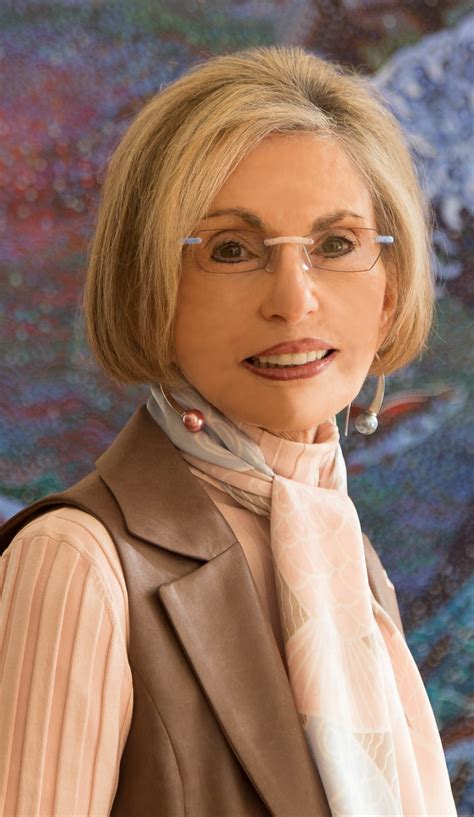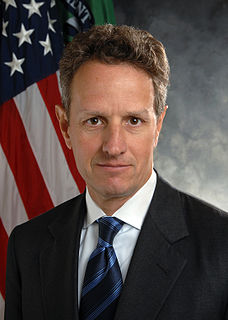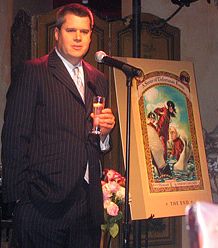A Quote by Stephen King
Writers must be fair and remember even bad guys (most of them, anyway) see themselves as good—they are the heroes of their own lives. Giving them a fair chance as characters can create some interesting shades of gray—and shades of gray are also a part of life.
Related Quotes
Glacier Gray is an unobtrusive gray that contrasts and enhances; bouncing off other shades without taking away from them as it slips into the background to allow other colors to take center stage. Nature’s most perfect neutral, Glacier Gray is a shade that is timeless. Quietly assuring and peacefully relaxing, Glacier Gray, is above all, constant.
It's a movie, OK? I went to see GONE WITH THE WIND, but did I really believe there was a guy named Rhett Butler who said, "Frankly, my dear, I don't give a damn"? No. Movies need heroes and villains, and real life doesn't usually have heroes and villains. Real life has a lot of shades of gray, and moves have black and white even when they're in color.
Is it fair for the bears to come down to where humans live, looking for food? Is it fair for the Duke's soldiers to shoot at them? Is it fair for the bears to crush them with giant snowballs? Often, if you point out something that isn't fair, someone will reply, "Life isn't fair." What is to be done with such people?


































